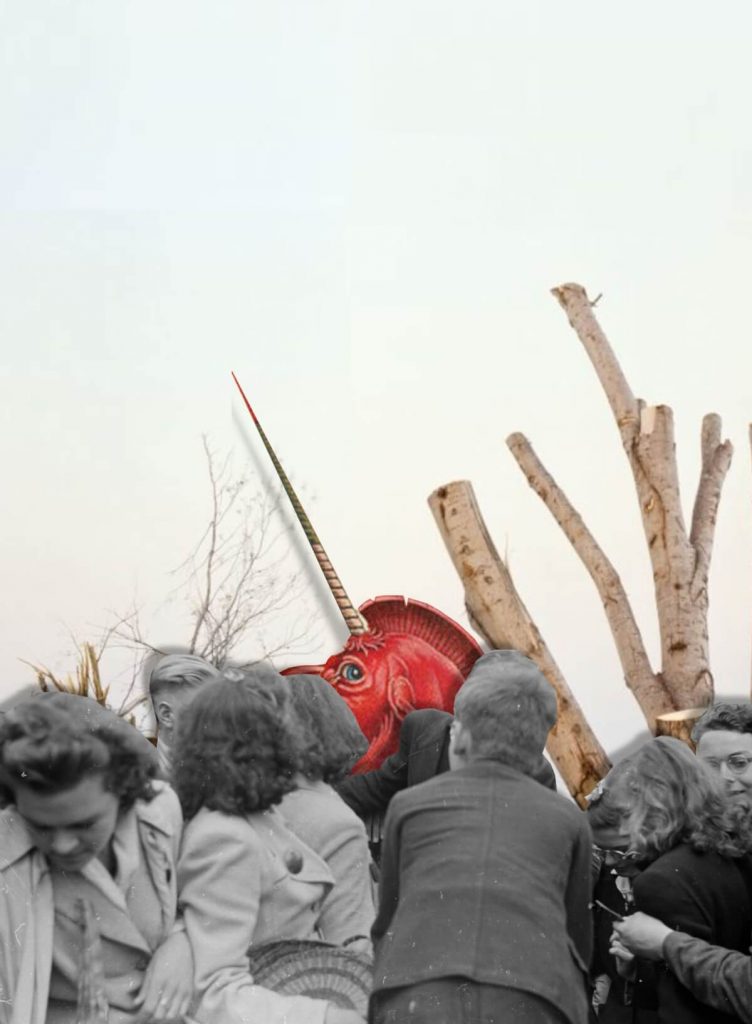In Slovakia, the agricultural policy over the last years has been focused on increasing food self-sufficiency. Already in 2014 the Ministry of Agriculture, under the leadership of Ľubomír Jahnátek, aimed to increase the food self-sufficiency rate to 80%. Gabriela Matečná, who has led the ministry from 2016 until 2020, spoke about reaching 70% self-sufficiency within ten years. This has been a reaction to the low productivity in the agricultural sector, which could not keep up with the fast-developing industry and services sectors after the fall of communism.
During the COVID-19 crisis, self-sufficiency was hailed as a necessary criterion for ensuring food availability. Thus, the new government formed in March 2020 has not buried this objective – on the contrary, it mentions it as a priority in its Program manifesto. Why is self-sufficiency such a popular goal among Slovak politicians? Is it not just an empty political promise which, in the end, no government has been able to fulfil?
Download full article:
MONIKA BUDZÁK / SELF-SUFFICIENCY IN SLOVAK AGRICULTURE: A PIPE DREAM
In order to find the answer to these questions, one shall first look at what it means to be self-sufficient in food production, where Slovakia stands, whether this goal is economically defensible, and if the problems in the agricultural sector can be linked to low self-sufficiency. It is also crucial to examine the political efforts to increase food self-sufficiency more closely and analyze their results. Let us explore these aspects together.
What Is Self-Sufficiency?
Since Adam Smith´s Wealth of Nations, understanding international trade and cooperation is a crucial topic for the comprehension of economics and the benefits of trade. However, the debate whether a state should rely mainly on its own resources and activity of citizens is still in place.
In today’s globalized world, complete self-sufficiency is very difficult to achieve. Even a simple sandwich requires a huge amount of work and a high degree of cooperation – from growing the wheat for bread, to extracting the salt, processing the meat (or producing a vegan alternative), not to mention the fact that even meat typically comes from factory farming, which requires a number of actions before the final product reaches the consumer.
We could go on like this by analyzing the production process of each meal. If we were even able (with a slight simplification) to manage and prepare it self-sufficiently, it would be very expensive in terms of allocated time and resources.
Moreover, this cooperation is not driven by any politician, but by consumers (with their demand) and entrepreneurs trying to respond with their supply. Needless to say, this article will not deal with self-sufficiency of smaller units (families, municipalities, regions), as the current political goal is to achieve self-sufficiency within the borders of Slovakia.
Food self-sufficiency at the country level is defined by the Food and Agriculture Organization (FAO) as “the extent to which a country can satisfy its food needs from its own domestic production“. The term can therefore be expressed by the following equation:
Domestic consumption =< Domestic production
Self-sufficiency can thus be simplistically considered as a state where entrepreneurs of a specific country produce more or the same amount of food than is consumed by its inhabitants. It depends on what is produced within the boundaries of the observed country, but also on what the average citizen consumes. In this respect, a distinction is often made between self-sufficiency in the production of different products, such as milk, fruit, vegetables, etc.



